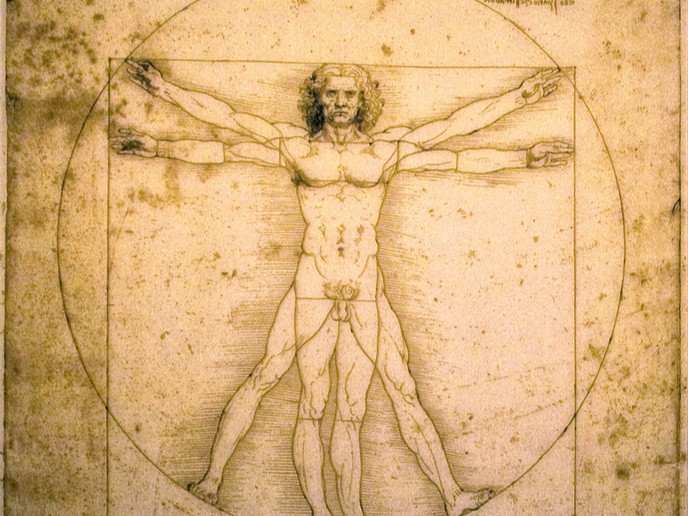Trending Science: Why couldn’t Leonardo da Vinci complete his works?
Leonardo da Vinci produced some of the world’s most recognisable art, like the Mona Lisa, arguably the world’s most famous painting. But, like other masterpieces, it’s considered unfinished. Now, exactly 500 years after the painter, architect, engineer and innovator’s death, a professor at King’s College London (KCL) suggests that the best explanation for his chronic procrastination was attention deficit and hyperactivity disorder (ADHD). Behind da Vinci’s incredible mind Research published in the journal ‘Brain’ examined historical accounts of da Vinci’s life and concluded that ADHD was responsible for his failure to complete projects. “The story of Da Vinci is one of a paradox—a great mind that has compassed the wonders of anatomy, natural philosophy and art, but also failed to complete so many projects.” The condition “might explain aspects of his temperament and the strange form of his dissipative genius.” The paper noted that “[t]here is also unquestionable evidence that Leonardo was constantly on the go, keeping himself occupied with doing something but often jumping from task to task.” “Undeniably Leonardo accomplished more than any other human being could possibly dream of in a lifespan, but one wonders what would have been the impact of his work on history if he had managed to apply himself more consistently to his art and effectively disseminate his intuitions and discoveries,” the study concluded. Was ADHD a factor? Lead author Prof. Marco Catani from the Institute of Psychiatry, Psychology & Neuroscience, said in a KCL news release: “While impossible to make a post-mortem diagnosis for someone who lived 500 years ago, I am confident that ADHD is the most convincing and scientifically plausible hypothesis to explain Leonardo’s difficulty in finishing his works. Historical records show Leonardo spent excessive time planning projects but lacked perseverance. ADHD could explain aspects of Leonardo’s temperament and his strange mercurial genius.” Prof. Catani, who specialises in autism and ADHD, added: “It is incredible that Leonardo considered himself as someone who had failed in life. I hope that the case of Leonardo shows that ADHD is not linked to low IQ or lack of creativity but rather the difficulty of capitalising on natural talents. I hope that Leonardo’s legacy can help us to change some of the stigma around ADHD.” Speaking to ‘CNN’, Dr Graeme Fairchild, from the Department of Psychology at the University of Bath in the United Kingdom, questioned the suggestion that da Vinci’s work was held back because of ADHD: “Maybe the restlessness, energy and creativity that came with his ADHD explains why he achieved so much in so many different fields, even if he often didn’t finish the things he started.”
Countries
United Kingdom



